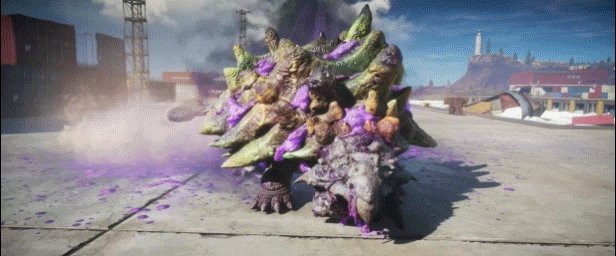

By crossing corals in the lab, she creates new hybrid offspring and tests them to see how they hold up under warmer conditions. Van Oppen works on corals, half of which have disappeared over the last 30 years, in large part due to global heating. As it stands, Jura wildcats will become genetically indistinguishable from domestic cats within a century That diversity increases the potential for new adaptations that could save species from extinction caused by global warming, just like the Gulf killifish was saved from pollution by the Atlantic killifish’s mutation.


‘When you cross-breed different species, the motivation really is to create new gene combinations and increase genetic diversity,” says Madeleine van Oppen, an ecological geneticist at the University of Melbourne. Hybridisation could provide a shortcut by quickly bringing in genes from outside the normal gene pool. For species that have a long time between generations, there are fewer opportunities for potentially useful mutations to arise, so if the environment is rapidly changing, normal evolution will probably be too slow for those animals to adapt and survive. It’s the second aspect that is garnering interest. “It can be something that leads to an evolutionary dead end because the offspring are sterile or it could be halfway to evolutionary adaptation,” she says. In fact, many of us carry traces of Neanderthals and Denisovans in our DNA, proof that we mixed with other human species. It happens in plants, fish, amphibians and even some mammals. “Lots of things hybridise all the time,” says Michelle Marvier, a conservation biologist at Santa Clara University in California.


 0 kommentar(er)
0 kommentar(er)
